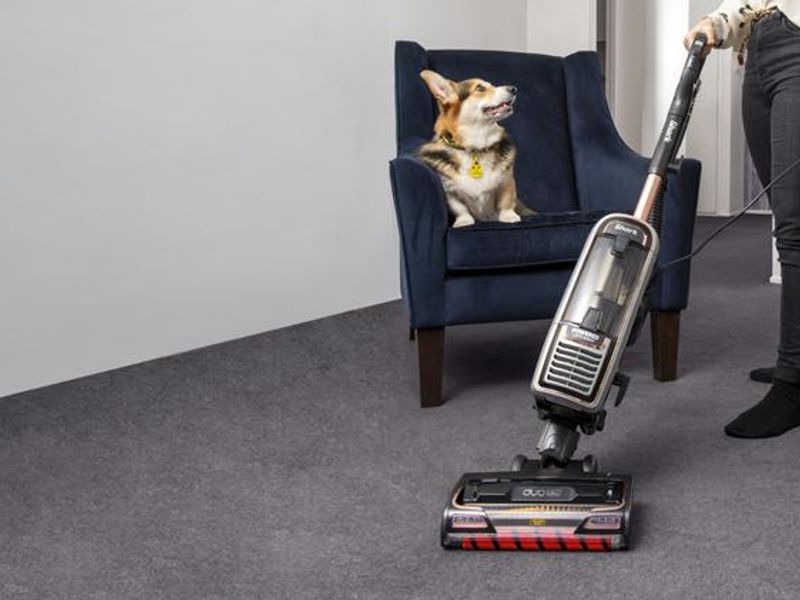How to introduce a vacuum cleaner to your dog
Teaching your dog to be comfortable around a vacuum cleaner is an important life skill.

It’s important that dogs learn that the sight, sound and smell of the vacuum cleaner being used isn’t scary because it’s something they’re probably going to be experiencing a lot of.
Introduce your hoover to your dog in the right way, and ensure they will always be happy while you're cleaning your home.
To get started, you'll need some really tasty treats, your dog’s favourite toy and a long-lasting chew or food-releasing toy. Only move from step to step at your dog’s pace, to ensure they are confident and comfortable.
Introduce a vacuum cleaner
Introduce the sight
Enjoy a fun game with your dog with the vacuum cleaner in sight but switched off. Scatter some treats around it for them to enjoy finding and let them sniff and investigate it if they wish. If they prefer to avoid it that’s fine, just make sure they have a good time while …
Introduce the sound
If your dog seems comfortable with the sight of the hoover, you can try and switch it on so they can get used to the noise. Don't move it yet.
Scatter treats or continue to play with them around it, and reward them for staying near to it. The aim is for them …
Introduce movement
If your dog seems comfortable with the noise and sight of the vacuum cleaner, start to throw treats away from you for them to chase and find as you begin to move it around slowly and calmly.
This will help them get used to doing something very enjoyable while …
Encourage them to settle while you are hoovering
Once your dog is comfortable ignoring the moving, noisy vacuum cleaner, teach them to engage in something really fun all by themselves while you get on with vacuuming the house.
Give them a long-lasting food-releasing toy or chew, ideally on their own bed or mat if …
What to do if your dog is overly worried by vacuum cleaners
If your dog shows signs of being very worried or extremely excited by the vacuum cleaner, you might want to arrange for the vacuuming to be done while they’re out on a walk and seek professional help.
Consult your vet to make sure your dog isn’t unwell or in any pain and ask for a referral to an accredited behaviourist.
Contact our Behaviour Support Line
Need help with your dog’s training or behaviour? Contact our Behaviour Support Line for free expert advice.
Call us on 03030036666
or
If you feel you need to give us a call, our free telephone service is open Monday to Saturday, 9.30am – 5pm.
Related articles



